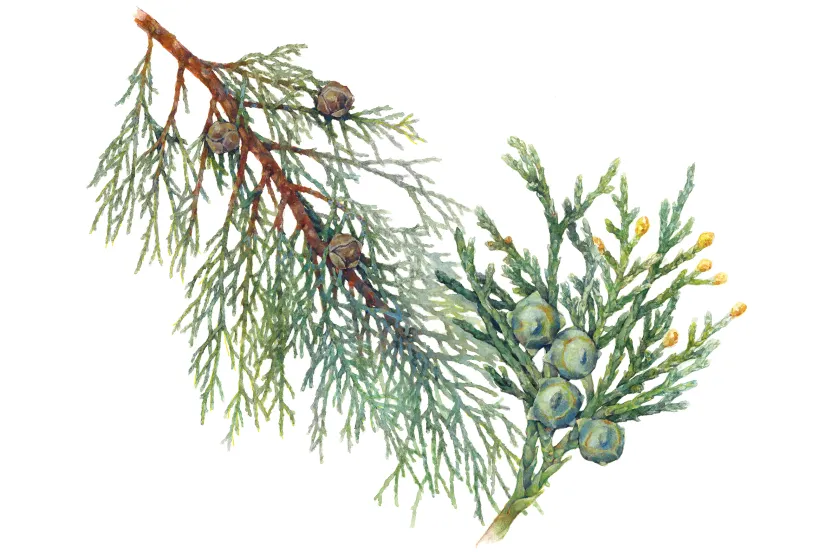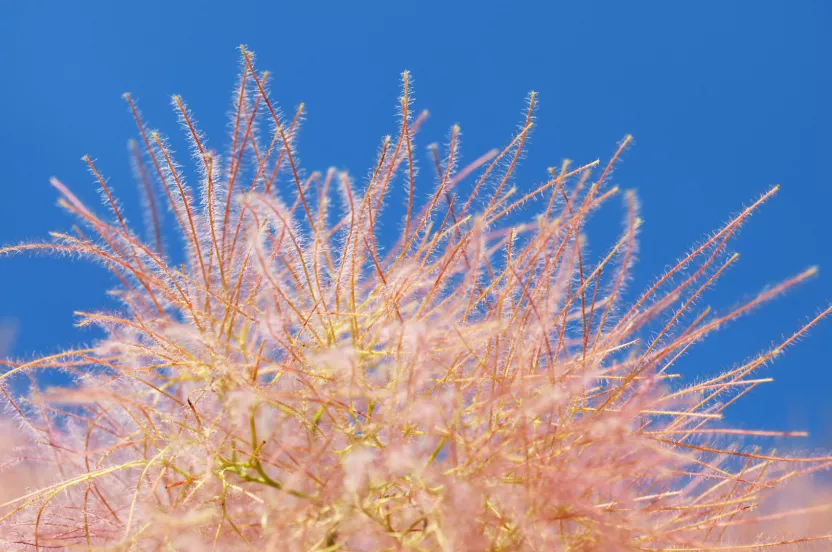Our nursery is blooming with fresh arrivals. SHOP SPRING FAVORITES
Pinus nigra
The Austrian Pine was introduced to the United States in 1759. A Native of Austria, northern Italy and Yugoslavia, the tree made its way to the U.S. when mass numbers of central Europeans were immigrating to the U.S. Despite its foreign roots, the tree played a key role in the American landscape.
People brought the Austrian pine with them as they moved from the coasts to the Great Plains. The tree was popular because of its hardiness to thrive anywhere. Its resiliency led to the species being included in the largest tree planting campaign the U.S. Forest Service ever organized as part of Franklin D. Roosevelt’s plan in response to the Dust Bowl —a period when poor agricultural practices and years of drought plagued the Great Plains. The U.S. Forest Service started an eight-year campaign to plant 222 million trees and establish 19,000 miles of shelterbelts across the Great Plains region. The shelterbelt would block high winds, retain moisture, improve farming conditions and prevent dust storms. The major undertaking of the project also created jobs against the downturn of the Great Depression. Trees planted as part of the Shelterbelt have thrived for more than 75 years in some of the worst soil and climate conditions of the country.
What’s in a Name?
The Austrian pine is one of 110 pine species worldwide. Its durability to grow under numerous conditions (hardiness zones 4-7) and its fast growth made it one of the most widely planted pine trees. Because of its wide range, the tree is called by a variety of other names including European black pine, Corsican pine, Crimean pine, and Pyrenees pine. Its scientific name Pinus nigra refers to the darkness of the trees foliage and bark.
In the Landscape
Although the Austrian pine was successful in the Great Plains Shelterbelt, today the tree is susceptible to numerous pests and diseases including Diplodia blight, pine wilt, and Dothistroma needle blight. Because of the tree’s high susceptibility to disease, many professionals discourage planting Austrian pines. If you do plant it, plant sparingly and watch for any unusual changes.




